
- For PC
- For MAC
- For Linux
- OS: Windows 7 SP1/8/10 (64 bit)
- Processor: Dual-Core 2.2 GHz
- Memory: 4GB
- Video Card: DirectX 10.1 level video card: AMD Radeon 77XX / NVIDIA GeForce GTX 660. The minimum supported resolution for the game is 720p.
- Network: Broadband Internet connection
- Hard Drive: 17 GB
- OS: Windows 10/11 (64 bit)
- Processor: Intel Core i5 or Ryzen 5 3600 and better
- Memory: 16 GB and more
- Video Card: DirectX 11 level video card or higher and drivers: Nvidia GeForce 1060 and higher, Radeon RX 570 and higher
- Network: Broadband Internet connection
- Hard Drive: 95 GB
- OS: Mac OS Big Sur 11.0 or newer
- Processor: Core i5, minimum 2.2GHz (Intel Xeon is not supported)
- Memory: 6 GB
- Video Card: Intel Iris Pro 5200 (Mac), or analog from AMD/Nvidia for Mac. Minimum supported resolution for the game is 720p with Metal support.
- Network: Broadband Internet connection
- Hard Drive: 17 GB
- OS: Mac OS Big Sur 11.0 or newer
- Processor: Core i7 (Intel Xeon is not supported)
- Memory: 8 GB
- Video Card: Radeon Vega II or higher with Metal support.
- Network: Broadband Internet connection
- Hard Drive: 95 GB
- OS: Most modern 64bit Linux distributions
- Processor: Dual-Core 2.4 GHz
- Memory: 4 GB
- Video Card: NVIDIA 660 with latest proprietary drivers (not older than 6 months) / similar AMD with latest proprietary drivers (not older than 6 months; the minimum supported resolution for the game is 720p) with Vulkan support.
- Network: Broadband Internet connection
- Hard Drive: 17 GB
- OS: Ubuntu 20.04 64bit
- Processor: Intel Core i7
- Memory: 16 GB
- Video Card: NVIDIA 1060 with latest proprietary drivers (not older than 6 months) / similar AMD (Radeon RX 570) with latest proprietary drivers (not older than 6 months) with Vulkan support.
- Network: Broadband Internet connection
- Hard Drive: 95 GB
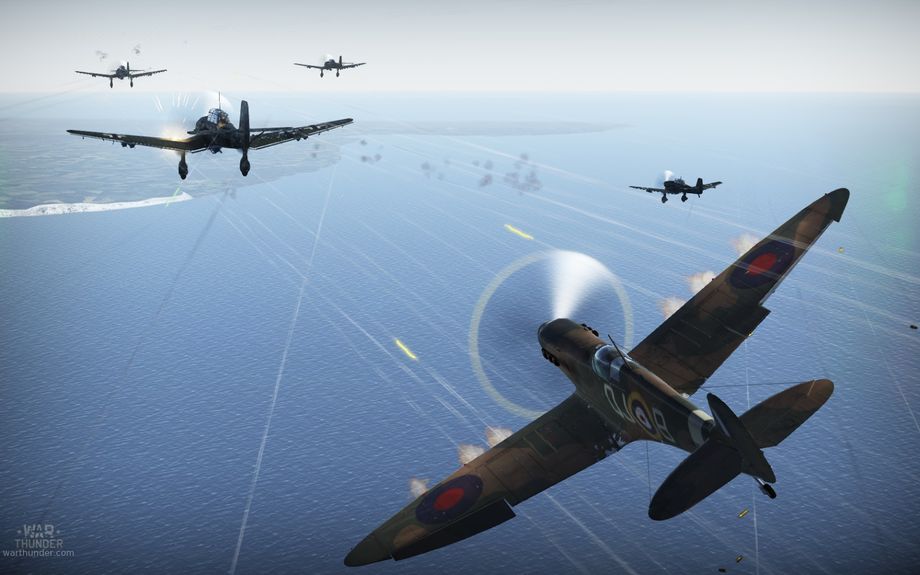
Before the beginning of WW2, Australian Tony Gaze had a serious interest in motorsport. The outbreak of war prevented him from pursuing his dream. Instead of driving fast cars, Gaze joined the RAF.
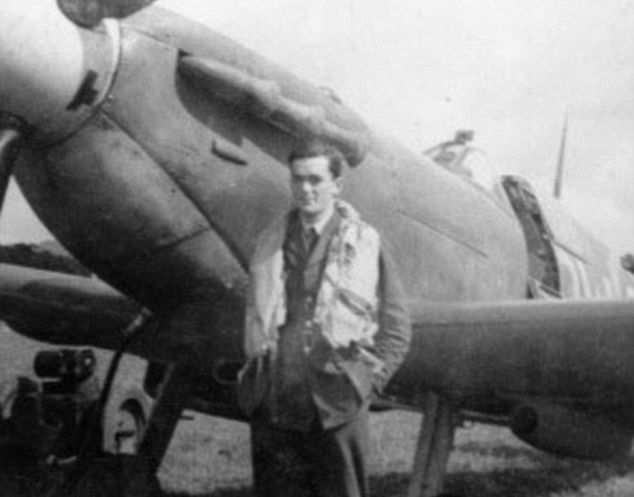 |
Gaze was in England in 1939 when war broke out, studying at Cambridge University as an undergraduate. He quickly volunteered to join the Royal Air Force. On the 8th January 1941 Gaze graduated from No.5 Service Flying Training School with 122 flight hours logged. His brother Scott also joined the RAF as a Spitfire pilot, but tragedy struck on March 3rd 1941 when his brother was killed only two months after his 19th birthday. Gaze was posted to No.610 Squadron at Westhampnett; part of the Tangmere Wing. Gaze flew Spitfires throughout the war and flew alongside Douglas Bader and James ‘Johnnie’ Johnson.
On 10th July 1941 Gaze was awarded his first Distinguished Flying Cross for shooting down 2 Bf109s in a dogfight while flying a Spitfire Mk.IIB.
Promoted to Squadron Leader, Gaze took command of No.64 Squadron. Shortly after, Gaze was involved in an incident which cost the lives of several pilots. During a flight over the Bay of Biscay, while leading a Wing which also included an American Eagle squadron and Canadian squadron, the Spitfires were caught out by bad weather. Fighting through the atrocious visibility, the situation was compounded when a group of Eagle Squadron pilots misidentified Brest in France for Plymouth. Several Eagle squadron Spitfires were lost after being isolated and three Canadian Spitfires also failed to return. The following inquiry decided that inexperienced pilots and weather were the main reasons for the tragedy. However, these findings were released too late to prevent Gaze being demoted and stripped of his command.
 |
No.453 Squadron Royal Australian Air Force based at RAF Hornchurch was Gaze’s next brief posting, before being moved to No.66 Squadron at RAF Kenley as the commander of “A” Flight. Flying a Spitfire Mk V on the morning of September 4th 1943, Gaze was escorting Boston bombers over Amiens when he was intercepted by Focke Wulf 190’s; he shot down one and was then engaged by a second. While being pursued, Gaze managed to damage another Fw 190. The action escalated Gaze now found himself under the guns of no fewer than six Fw 190s. After calling for help, his aircraft was critically hit and he was forced to crash land at high speed. Gaze now found himself alone in occupied France. Although inhibited by head and facial injuries, Gaze was recovered by the French resistance and started the long and dangerous journey home to Allied soil which took 2 days short of 8 weeks by the time Gaze was back in England.
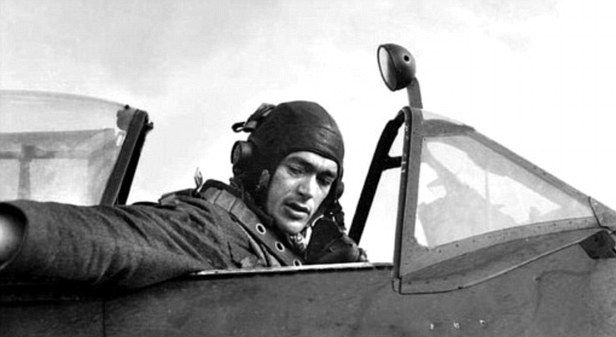 |
Gaze re-joined No.610 Squadron, initially flying Spitfires from England and later the Netherlands and Germany as the push across Europe progressed.Gaze was credited as the first Allied pilot to land back on European soil after D-Day, on 10th June 1944. Flying Spitfire Mk.XIV on Saint Valentine's Day 1945, Gaze was credited as the first Australian pilot to shoot down a Me 262 jet. On being transferred to No.41 Squadron, Gaze claimed another 4 victories and took another record when he shot down a German Ar 234 jet. During the last days of the war Gaze became the first Australian pilot to fly the new Meteor jet operationally. In one incident, he flew along a stretch of autobahn where Me 262’s were known to operate from, and landed to meet some German pilots and to compare aircraft. The German pilots extended an invitation to a party that night but Gaze declined and flew back.
By the end of the war, Gaze was a double-ace credited with 11 victories and 3 shared, with also 4 probables and a V1. He was also the first Australian to destroy an enemy jet and fly a jet operationally. Gaze joined a rare group of pilots during the time he served as being 1 of only 48 people to have been awarded the DFC on three occasions.
After the War
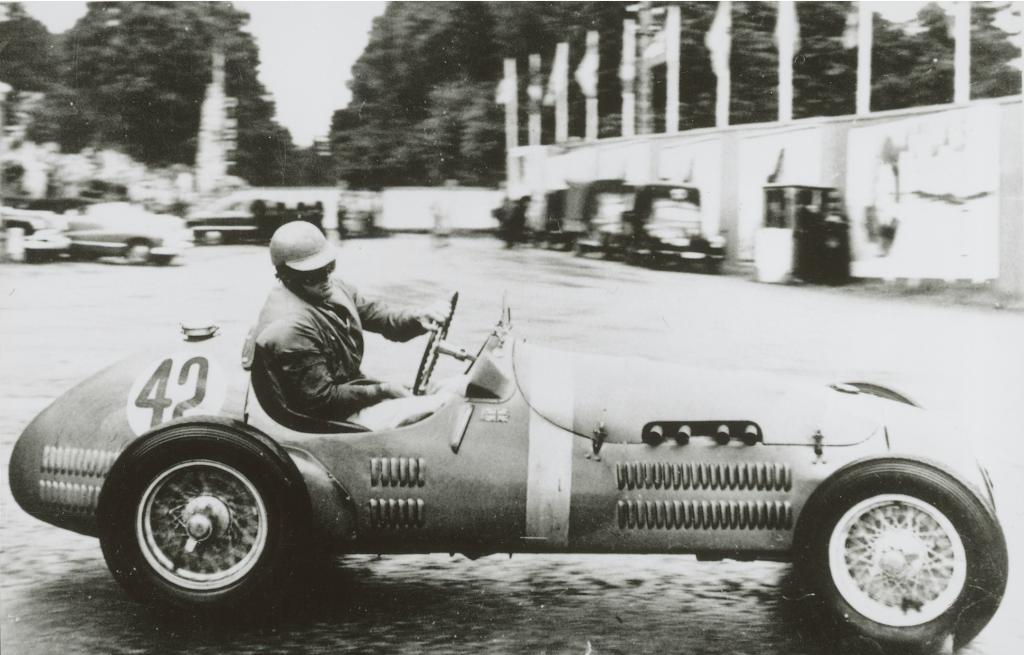 |
18th September 1948 the gates opened at the now ex-RAF Fighter Station to host the first Britian post-war racing event which was inspired by Gaze some 2 years earlier he had suggested to Freddie March (The Earl of Richmond) that “Goodwood” would make an ideal race area. The event was organised by the Junior Car Club of Great Britain and was to become a permanent venue. Late 1940’s Gaze returned to Australia to race in various venues in a pre-war alta.
In 1951 Gaze then returned to Britain to race one of Geoffrey Taylor’s alta F2’s, in 1952 he became the first Australian to take part in the official Grand Prix in his own HWM-alta.
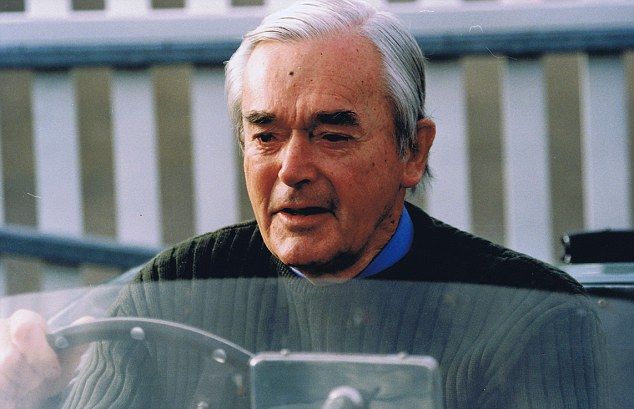 |
New Zealand 1955 Tony came 3rd in the Grand Prix behind Peter Whitehead and Prince Bira, that same year was the launch of the first Australian International race team called “Kangaroo Stable” formed by Gaze. This team had 3 Aston Martins, drivers were David Mckay, Les Cosh, Tom Sulman, Dick Cobden and Tony Gaze. A International racing debut was made into this august group by Jack Brabham also. Sports car racing became less popular only 1 year after the Kangaroo Stable team was made, due to an incident at the Le Mans circuit in France the incident was unrelated but the team still disbanded. Gaze went on to concentrate on “Open Wheeler” cars and in 1956 while racing again in the New Zealand Grand Prix he came second to Stirling Moss.
Later in New Zealand Gaze had a chance conversation with Prince Bira and decided to take up the sport of Gliding and went on to represent Australia in the World Gliding Championship held in Germany in 1960. In 2006 Tony Gaze was awarded the Medal of the Order of Australia for his services to the Commonwealth and due to his outstanding achievements as both an ace RAF pilot and later a Grand Prix race driver.
Andrew "Tzeentch_Chaos" O'Sullivan



